The race to harness fusion energy—the same process that powers the sun and stars—is heating up, and a company right here in the Pacific Northwest is at the forefront. Helion, based in Everett, Wash., has made a global impact with its historic power purchase agreement to provide fusion-generated electricity to Microsoft by 2028. We sat down with Helion’s Director of Communications, Jessie Barton, to discuss the company’s progress, their unique technology, and what the future holds for this transformative energy source.
Q: Helion recently signed a contract to deliver fusion power to Microsoft. What is the current status of that project, and what does this partnership mean for the future of commercial fusion?
A: Helion is on track to deliver power to Microsoft by 2028 under the terms of the Power Purchase Agreement that the two companies signed in 2023. We recently began construction on the site of our first commercial power plant, called Orion, in Malaga, Wash., which will supply at least 50MW of clean fusion power for Microsoft’s data centers in the region.
Q: What is the biggest technological hurdle Helion has overcome to get to this point, and what challenges remain on the path to generating electricity for the grid?
A: Building a practical, commercial fusion machine involves a number of scientific, engineering, and technical challenges. Helion has taken an iterative approach to solving these challenges and has now built and operated seven prototypes. Our 7th-generation prototype, Polaris, should demonstrate electricity this year.
Beyond the process of building the machine, getting power on the grid involves a number of regulatory steps as well as finding a suitable site, which we have now done in Malaga, Wash., and interconnecting with the grid.
Q: How does Helion’s pulsed, non-ignition approach to fusion differ from other methods, and why do you believe this is the most viable path to commercialization?
A: There are three important differences between Helion’s approach compared to other approaches in the field.
- We directly capture the electricity created by our fusion reactions. Instead of capturing fusion energy and using it to boil water to turn a turbine, we can directly take electricity from the reactions occurring in our fusion machine. This dramatically increases the efficiency of our system.
- We use deuterium and helium-3 as fuel. This is the ideal fuel for generating fusion electricity because it results in charged particles (protons). This reduces many of the engineering challenges faced by deuterium-tritium fuels.
- Our machine is pulsed. This helps us overcome the hardest physics challenges, keeps our fusion device smaller than other approaches, and allows us to adjust the power output based on need.
Q: Helion has a large presence in the Puget Sound region. How does your location influence your talent strategy and partnerships with local universities or aerospace companies?
A: The Puget Sound region has a long and rich history of innovation, with a strong industrial and talent base. Many of our employees come from the aerospace and clean energy industries. People here have experience building large, complex things at scale. It also helps to have world-class universities nearby.
Q: Beyond electricity generation, what other applications for fusion power are you most excited about?
A: While there are several other exciting possibilities for fusion, our singular focus is to build and deploy fusion power plants that supply electricity to customers. As demand for clean, baseload electricity continues to grow, fusion will play a key role in the world’s electricity mix.
Q: How do you manage the immense pressure and high expectations associated with solving one of the world’s most complex energy problems?
A: We’re excited by the opportunity to help the world meet its energy needs with abundant, clean fusion power. Being single-minded about our purpose and focusing all of our effort and attention on achieving our goal of being the first company to put electrons from fusion on the grid inspires us to rise above challenges and stay committed to our mission.
Q: Could you describe the culture at Helion, and what kind of mindset is essential for your engineers and scientists?
A: We are purpose-driven problem solvers and innovators. Our work culture is one of urgency, ownership, rigor, and truth. It’s an environment that challenges every individual to grow, contribute, and make a tangible impact on the world.
As we continue to push the boundaries of clean energy, our mission and our values remain our north star. They help us navigate the complexities of building first-of-their-kind fusion energy systems, ensuring that every effort is meaningful and directed toward our goal of saving the planet and improving humanity’s well-being.
Q: What role do you believe government and private investment should play in accelerating the development of fusion technology?
A: Developing fusion technology is a complex, capital-intensive undertaking. It wouldn’t have been possible to reach the stage we’re at now, on the cusp of making fusion power a reality, without private investment. And we’ve worked closely with state and federal agencies to develop a clear regulatory path for putting fusion power on the grid.
Q: What are the biggest misconceptions the public has about fusion energy that you would like to clarify?
A: The most common misconception is to confuse fusion with nuclear fission. They are two very different energy technologies. Fusion is safe and doesn’t produce long-term radioactive byproducts. There’s no risk of meltdown with fusion.
Q: What does the long-term future look like for Helion and for the energy landscape if you achieve your goals?
A: The world’s demand for energy is increasing every day. If we can meet that demand with a virtually unlimited, clean, and affordable source of power, it will be great for the planet and great for Helion’s customers.
Helion’s vision of a fusion-powered future is no longer a distant dream but a tangible reality being built right here in the Northwest. With construction underway on the Orion power plant and a proven track record of technological innovation, Helion is poised to revolutionize the energy industry. Their focused, purpose-driven culture and commitment to solving complex problems make them a company to watch as they work to deliver on their promise of abundant, clean energy for a world in need.
My sincerest thanks to Jessie Barton and Steve Smith for their invaluable contributions to this article.

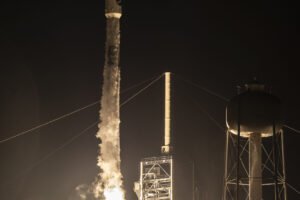
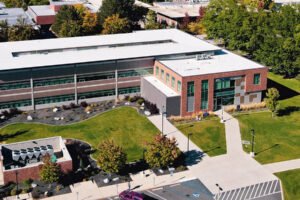

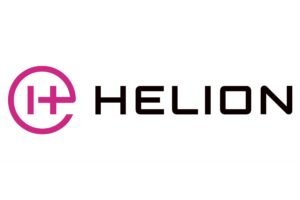
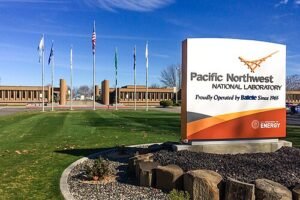






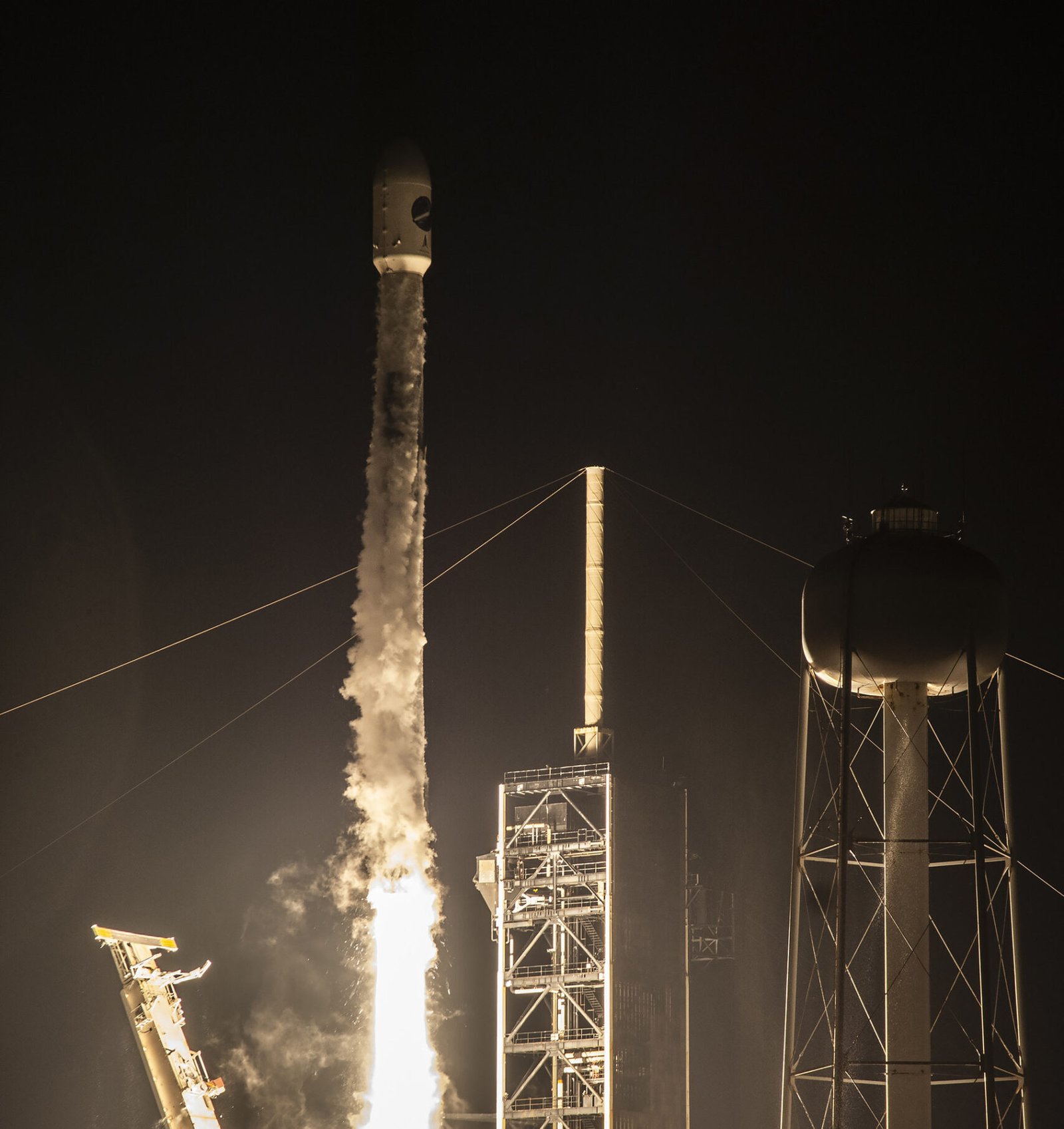

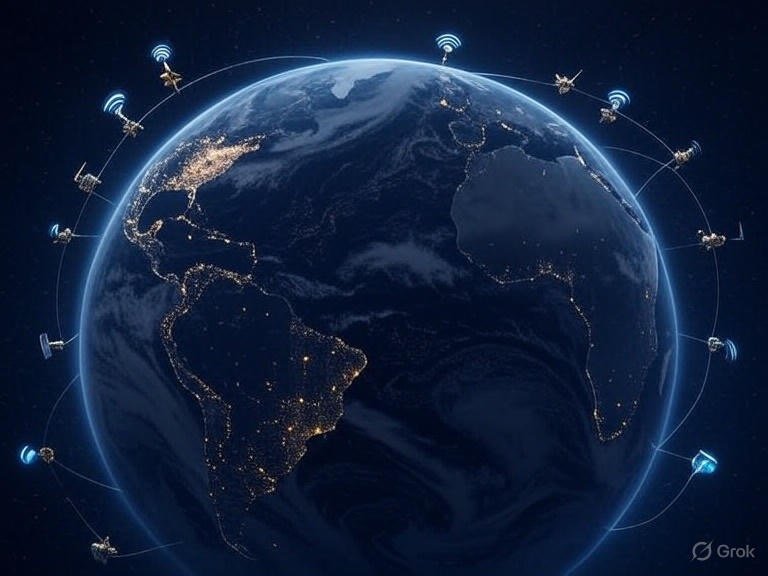

One thought on “NW NEWS EXCLUSIVE: Helion’s Director of Communications Unveils the Future of Fusion”
Comments are closed.